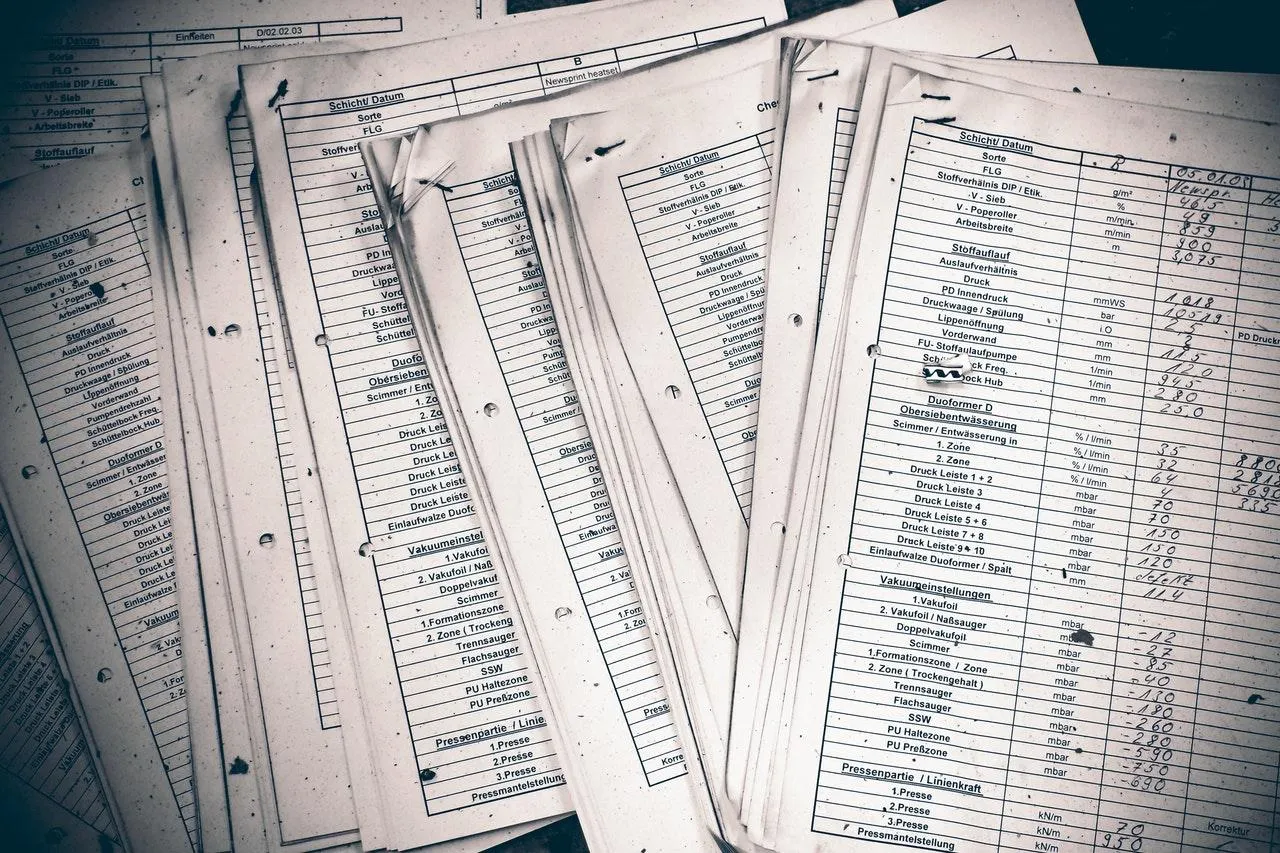Understanding OpenRefine
OpenRefine is a powerful open-source tool designed for working with messy data. It allows users to clean, transform, and explore datasets efficiently. If you often find yourself dealing with inconsistent data in spreadsheets, OpenRefine can automate the process, saving you time and ensuring accuracy.
Getting Started with OpenRefine
First, download and install OpenRefine from its official website. Once installed, launch the application and create a new project by uploading your spreadsheet file. OpenRefine supports various formats, including CSV and Excel, making it versatile for different data sources.
Loading Your Data
After creating a project, your data will appear in a grid format. This structured view allows you to easily visualize the contents of your spreadsheet. It’s essential to examine the data closely at this stage to identify any inconsistencies or errors that need cleaning.
Identifying Data Issues
Common issues in spreadsheet data include:
- Inconsistent naming conventions
- Duplicate entries
- Missing values
- Incorrect data types
OpenRefine provides various features to help identify these problems. For instance, you can use the "Facet" feature to filter and group data, allowing you to spot anomalies quickly. By creating facets based on specific columns, you can visualize how many unique values exist and identify duplicates.
Cleaning Data with OpenRefine
One of the most valuable features of OpenRefine is its capability to perform batch operations on your data. Here are some methods to clean your spreadsheet data:
Standardizing Text
Inconsistent naming conventions can confuse data analysis. Use the "Edit cells" option to standardize text entries. You can transform text to lowercase, remove extra spaces, or apply custom transformations using GREL (General Refine Expression Language). For example, to convert names to proper case, you might use the following GREL command:
value.toTitlecase()
Removing Duplicates
To eliminate duplicates, use the "Facets" tool to identify repeated entries. Once identified, you can select the duplicates and remove them in bulk. This feature is crucial for maintaining data integrity, especially when dealing with large datasets.
Handling Missing Values
Missing values can skew your data analysis results. OpenRefine allows you to fill in missing data or delete records with missing fields. You can use the "Edit cells" function to replace empty cells with a placeholder value or perform calculations based on other columns to fill in gaps.
Advanced Cleaning Techniques
OpenRefine also offers advanced features for more complex data cleaning tasks:
Clustering and Merging
For datasets with similar but slightly different entries, the clustering feature can help. OpenRefine can identify similar strings and suggest merging them into a single value. This is particularly useful for names or addresses that may have minor variations.
Transforming Data Types
If your spreadsheet contains mixed data types, OpenRefine enables you to convert fields to the appropriate data type. For instance, if a column intended for numerical values contains text, you can transform it into a numerical format, preventing errors during analysis.
Exporting Cleaned Data
Once you’ve completed the cleaning process, OpenRefine allows you to export your refined dataset in various formats, including CSV, Excel, and JSON. This flexibility ensures that your cleaned data is readily usable for further analysis or reporting.
Best Practices for Using OpenRefine
To maximize the benefits of OpenRefine, consider the following best practices:
- Backup Your Data: Always keep a copy of the original dataset before starting the cleaning process.
- Document Changes: Keep track of the transformations you apply to ensure transparency and reproducibility.
- Utilize Tutorials: Leverage the wealth of online resources and tutorials available to master OpenRefine’s features.
Conclusion
OpenRefine is an invaluable tool for anyone who regularly handles spreadsheet data. By automating the cleaning process, you can enhance the accuracy of your datasets and streamline your workflow. Whether you are dealing with referrerAdCreative data or any other type, OpenRefine equips you with the necessary tools to transform messy data into a well-organized format. Embrace OpenRefine today and take the hassle out of data cleaning!





